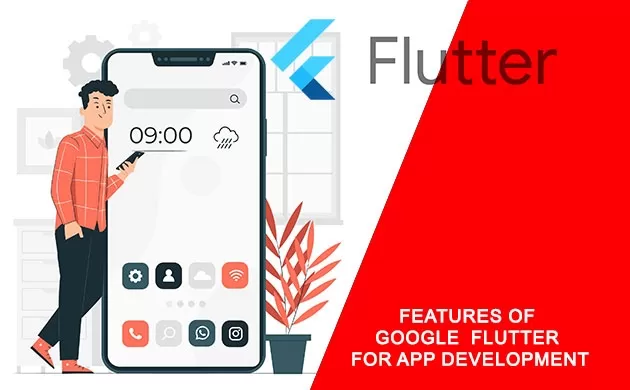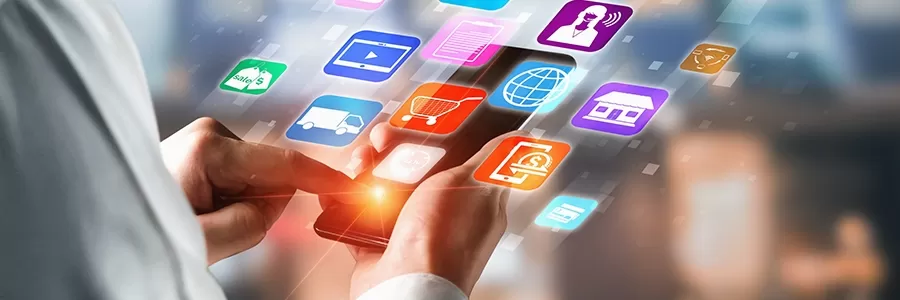What exactly is Flutter?
Flutter is an open-source Mobile Application Software Development Kit (SDK) developed by Google that allows developers to build high-performance, high-quality mobile applications that run on iOS and Android. In addition, the Flutter SDK will enable developers to design user interfaces that seamlessly interact within the app while reducing the code needed to update and synchronize the view of the app.
Google Flutter provides accessible and easy ways to begin creating beautiful apps using its vast collection of Material Design and Cupertino (iOS) widgets and behavior. Your customers will be delighted by the natural appearance and feel since Flutter incorporates specific scrolling for each platform pattern, nautical patterns, fonts, and much more. Thanks to Flutter’s functional-reactive framework and the lightning-fast rapid reloads for platforms and devices; you’ll be productive and powerful.
Quick Benefits of Google Flutter
- 2D mobile app support.
- Full support for stock platform app development.
- Creative and stunning designs.
- Support for the camera, storage locations, network, and more.
- Cross-platform framework.
Here are the six benefits that make up the mobile cross-platform application development framework:
1. Hot Reload
The modifications made by developers are immediately visible through Hot Reload. This feature is handy for developers because they can see the changes in the app. Furthermore, since the changes are immediate, visual developers can make the bugs within minutes.
The team can experiment with new features and then improve them constantly. This feature allows designers and developers to enjoy total freedom and increases their creativity even more.
2. Cross-Platform Development
CPD helps you save energy, time, and even money. With Flutter, you only need to write the code once to maintain it and then apply it to two applications. There is no need to develop a new program for an entirely different platform. With Flutter, you can test creating on the Fuchsia platform, a test OS currently in development at Google.
3. Available Native Features, SDKs, and Accessible
The process of developing apps is effortless and fun with Flutter’s native programming language and third-party integrations and APIs for platforms. It means that you can access Native features as well as SDKs for the Android as well as iOS platforms and also reuse commonly used programming languages, such as Kotlin as well as Swift.
4. Minimal Code
Flutter is built using Dart programing language. Dart makes use of JIT and AOT compilers that assists in improving the speed of startup as well as speed up the performance. JIT helps to improve the development system by utilizing the hot reload feature. JIT refreshes its UI without putting in the effort to create an entirely new version.
5. Widgets
In Flutter, the widgets have an edge. Flutter can create flexible and sophisticated devices. In addition, Flutter comes with all the widget sets of Material Design and Cupertino packs. It helps give a smooth and stable experience, in this case, over and above any other platform.
6. Native Experience and Features
Flutter lets you use the existing code Java Obj-C, as well as Swift, to gain access to native features that are specific to a particular platform. For example, geolocation and camera are functions that are based on the use of native languages. Flutter gives you the flexibility of working with your native language. It also allows access to the functions native to both iOS and Android platforms.




Leave a Reply